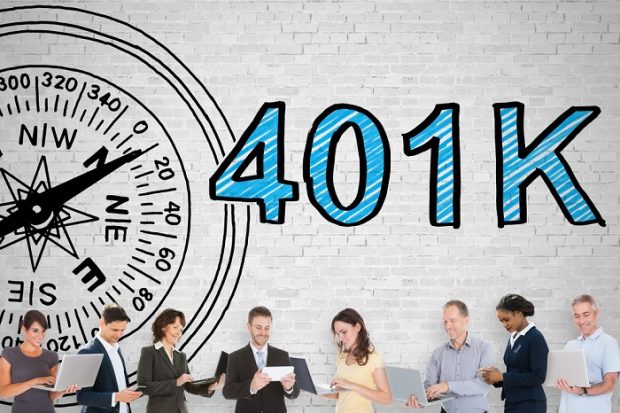
Largely due to inflation, the amount that individuals can contribute to 401(k) plans will increase to $22,500 in 2023 (the largest increase on record), up from the current $20,500, according to the IRS. The new contribution limit, which is a 9.8 percent increase, includes employees who participate in 401(k), 403(b), most 457 plans, and the federal government's Thrift Savings Plan.
The IRS announced the change on Friday and also issued technical guidance regarding all of the cost‑of‑living adjustments affecting dollar limitations for pension plans and other retirement-related items for tax year 2023.
Recommended For You
Other announced changes include:
- Catch-up contributions for those 50 years and older will increase to $7,500 for 401(k)s, 403(b)s, most 457 plans, and the Thrift Savings Plan—resulting in an allowable total annual contribution to those plans of $30,000.
- The $1,000 catch-up contribution for IRAs remains unchanged, allowing those aged 50 years and older to contribute up to $7,500 annually.
- The salary range for tax phase-out will be $138,000–$153,000 for single people, which is an increase from $129,000–$144,000. For married couples, the phase-out salary range will increase to $218,000–$228,000, up from $204,000–$214,000.
- The limitation on annual contributions to a SIMPLE retirement account will increase from $14,000 in 2022 to $15,500.
- Effective January 1, the limitation on the annual benefit for a defined-benefit plan under Section 415(b)(1)(A) of the Internal Revenue Code will increase from $245,000 to $265,000. For a participant who separated from service before January 1, the participant's limitation under a defined-benefit plan under Section 415(b)(1)(B) is computed by multiplying the participant's compensation limitation, as adjusted through 2022, by 1.0833.
- The limitation for defined-contribution plans under Section 415(c)(1)(A) has been increased for 2023 from $61,000 to $66,000.
- The limitation used in the definition of "highly compensated employee" under Section 414(q)(1)(B) will increase from $135,000 to $150,000.
These increases could, in theory, help those hoping to boost their retirement savings, but most 401(k) participants do not save anywhere near the federal limit. Based on an analysis of the 401(k) plans it provides employers, Vanguard estimates that only 14 percent of participants maxed out their contributions in 2021, and only 16 percent of those eligible to make catch-up contributions took advantage.
© 2025 ALM Global, LLC, All Rights Reserved. Request academic re-use from www.copyright.com. All other uses, submit a request to [email protected]. For more information visit Asset & Logo Licensing.





